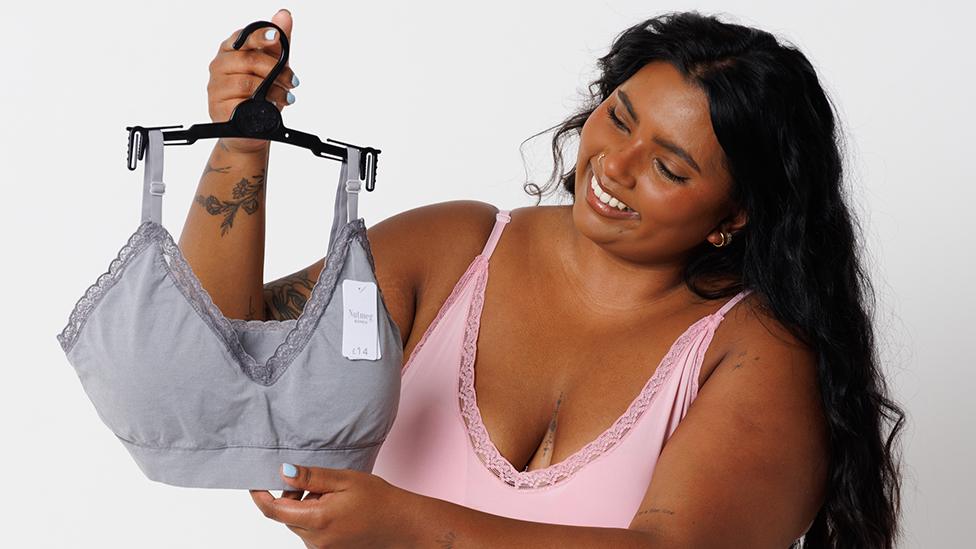Breast cancer survivor thankful for mammogram
- Published
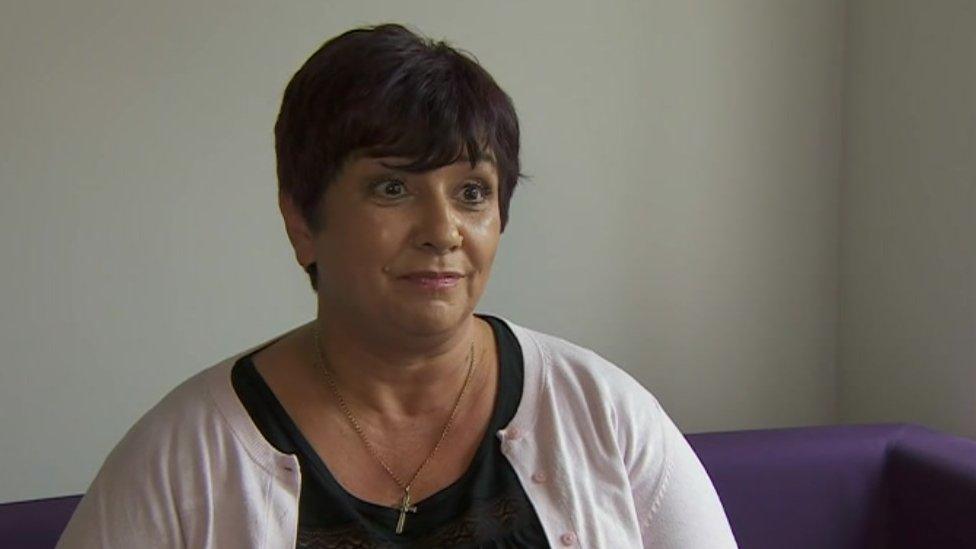
Kathryn Cowley was diagnosed with breast cancer last year
A woman who had a lumpectomy after breast cancer was picked up during screening is urging others to attend mammogram appointments.
The number of women attending breast screening in the East Midlands has decreased in recent years.
In the region between April 2018 and 2019, 74% of women invited for screening accepted but from April 2022 to 2023 it dropped to 62.6%.
Kathryn Cowley said she was "really thankful" she attended her appointment.
Ms Cowley, an NHS worker, said she had no lump or other symptoms but her screening in July last year picked up a cancerous tumour.
She had the operation to remove it in October followed by radiotherapy.
"I'm really thankful I had come for the screening - sometimes we put these things off but on that occasion I did come at the right time," she said.
"It was picked up and sorted straight away."
The 57-year-old said the mammogram appointment was a quick process.
"I think everybody should come when you get an invite. It's nothing to be frightened of," she added.
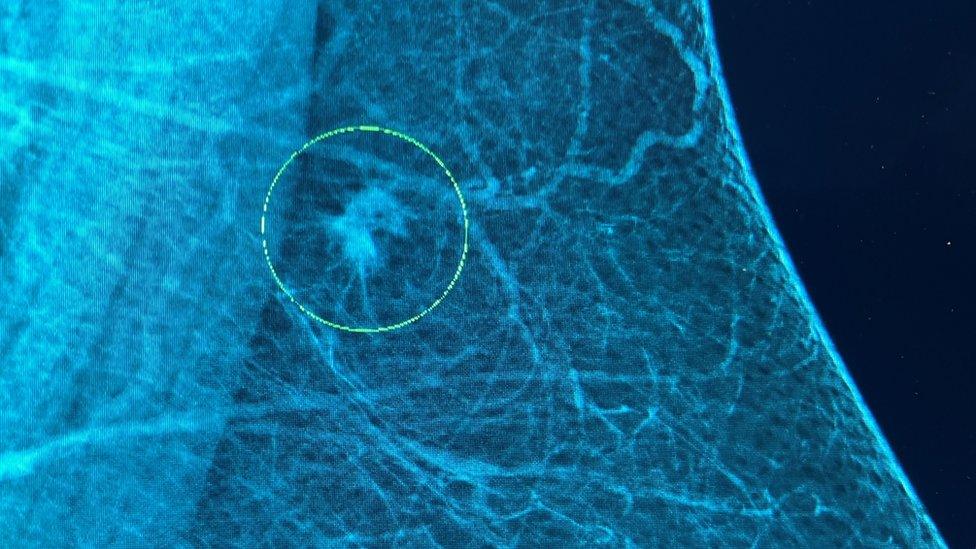
Kathryn Cowley's tumour was picked up by a mammogram
The NHS says breast screening uses X-rays called mammograms to check your breasts for signs of cancer. It is staffed by female health specialists called mammographers.
Women aged between 50 and 71 are invited for a screening every three years.
Katie Angulo, breast cancer screening manager at Chesterfield Royal Hospital, said: "There are a number of reasons people don't attend.
"It can be quite uncomfortable. We do compress the breasts but it is a very important part and it does only last for five seconds per picture. For slight discomfort, it is a very worthwhile examination to have.
"We estimate one in every 100 ladies we screen we will detect a cancer. That translates to one life saved for every 200 ladies screened. That is quite a significant number.
"Any cancer detected at an earlier stage has a better chance of having a successful treatment.
"Breast screening saves lives - we know that."

Benefits and risks of breast screening

About 250,000 women in the East Midlands are invited for breast screening annually
Benefits
Regular breast screening is one of the best ways to spot a cancer that is too small to feel or see
Breast screening saves about 1,300 lives each year in the UK
It is more likely that treatment will be successful
It is less likely you will need to have a breast removed (mastectomy)
It is more likely you will be cured
Risks
Doctors cannot always tell if a cancer will go on to be life-threatening or not. So treatment is always offered if you're diagnosed with breast cancer. This means some cancers that are diagnosed and treated would not have been life-threatening. Treatment of non life-threatening cancers is the main risk of breast screening
A cancer being missed - mammograms do not always find a cancer that is there
X-rays - having a mammogram every three years for 20 years gives you a very slightly higher chance of getting cancer over your lifetime

Across the East Midlands, the number of women taking up in screening invitations from January to March 2023 varied between 56% and 71% depending on the area.
The breakdown was: Leicestershire 61.7%, North Derbyshire and Chesterfield 78.2%, North Nottinghamshire 56%, South Derbyshire 71%, and Nottingham city 64.6%.
North Derbyshire and Chesterfield have the highest take-up but Ms Angulo said they would like it to be higher.
She said: "We know there are 20% of the women, which will translate to hundreds of breast cancers which will go undetected each year."

Follow BBC East Midlands on Facebook, external, on X, external, or on Instagram, external. Send your story ideas to eastmidsnews@bbc.co.uk, external.
Related topics
- Published5 October 2023
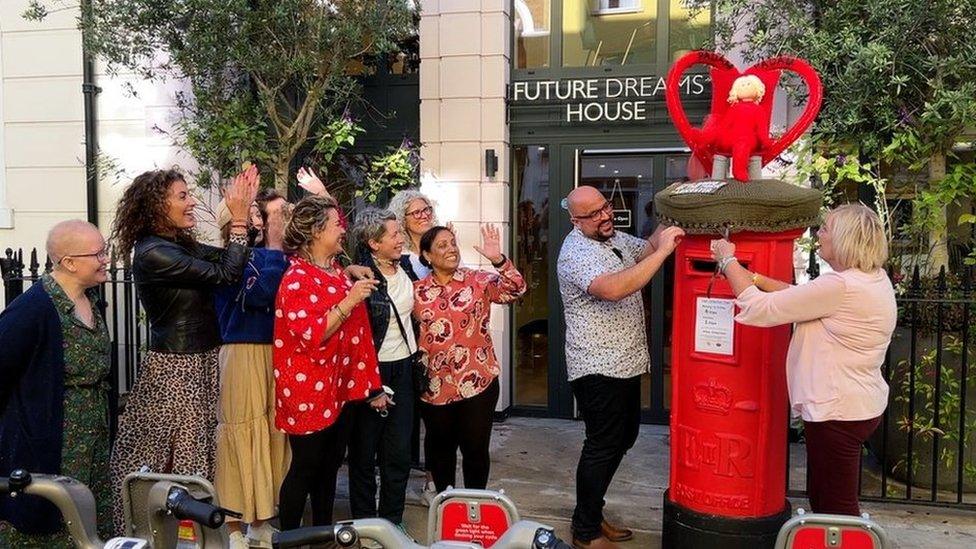
- Published25 August 2023
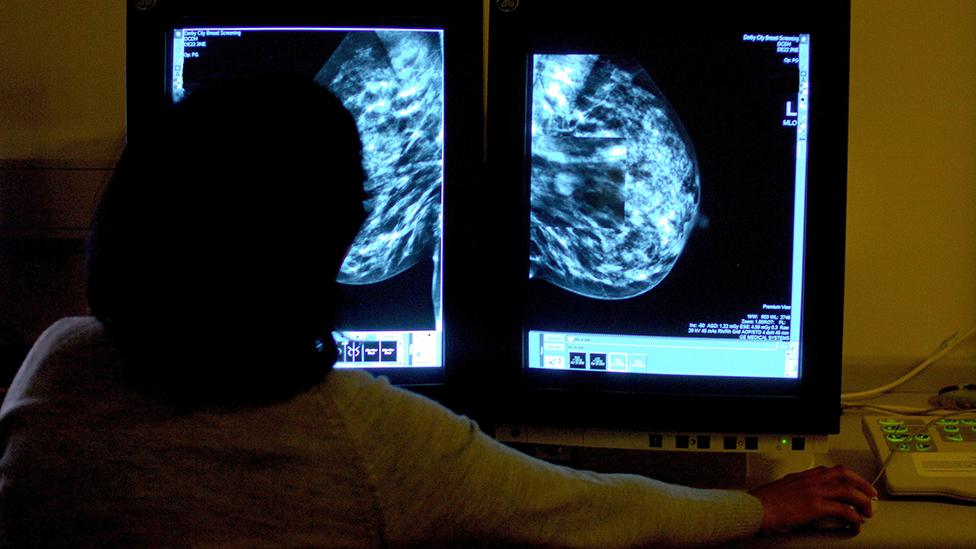
- Published21 August 2023
